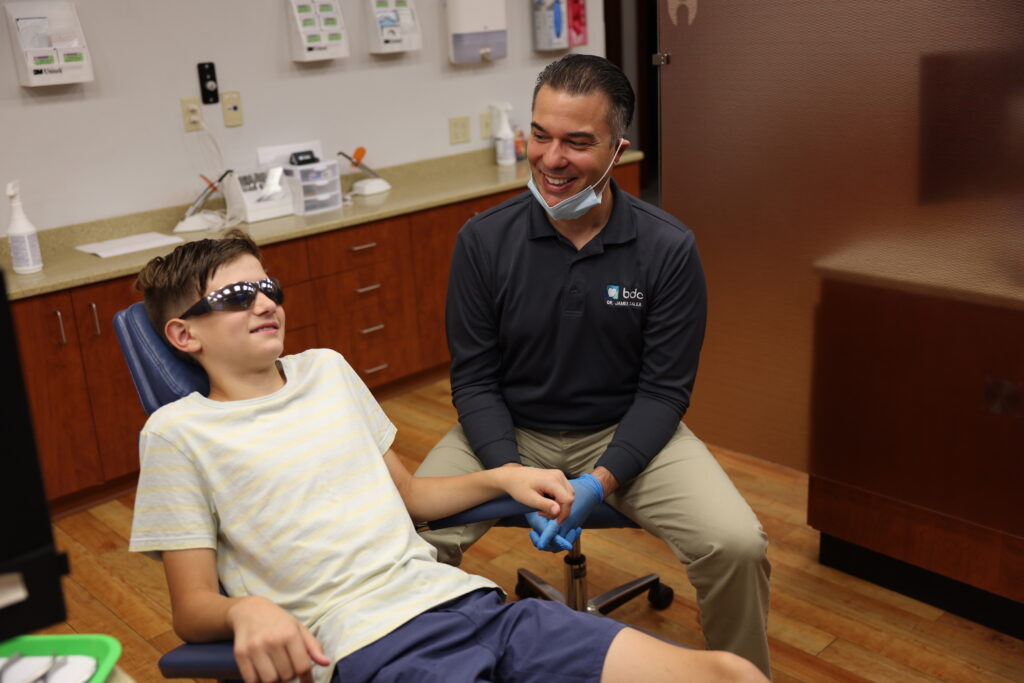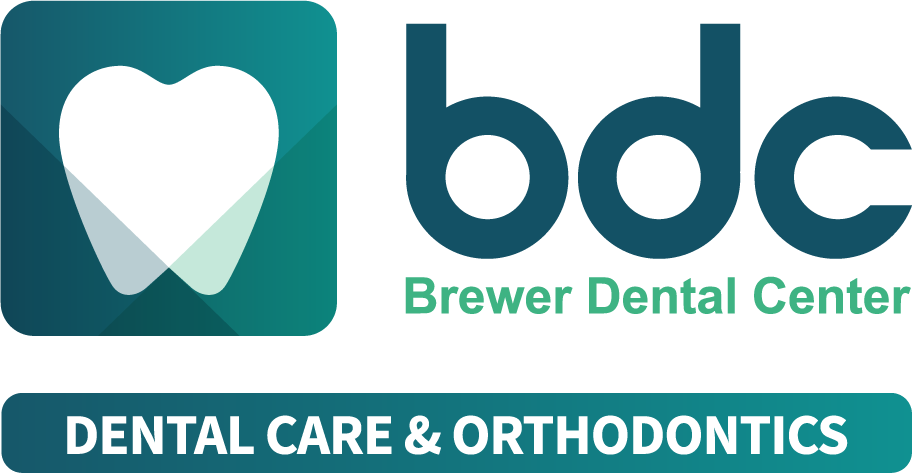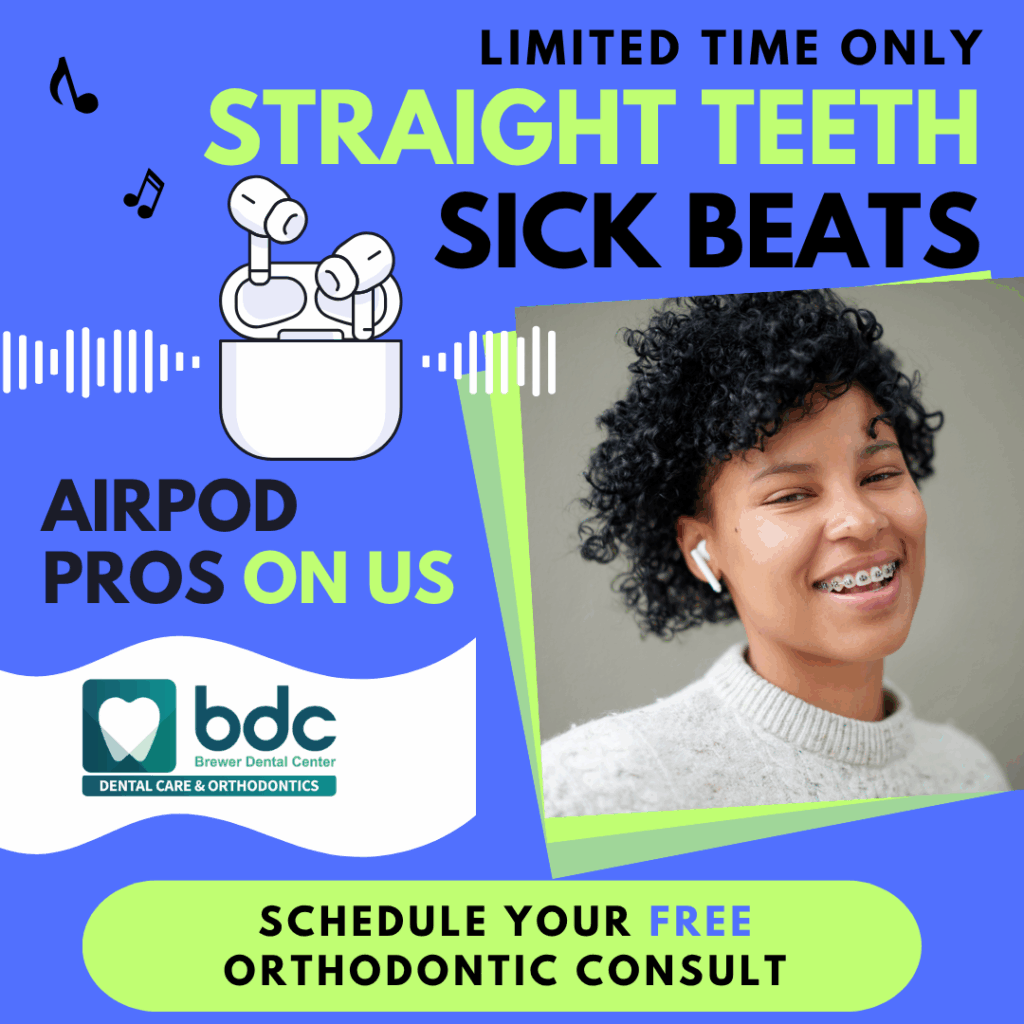Orthodontics

Orthodontic Care in Billings, MT
Free Consultations for Children, Teens & Adults
At Brewer Dental Center, we believe everyone deserves a confident, healthy smile. That is why we offer free orthodontic consultations in Billings, MT for patients of all ages. Whether you are considering treatment for your child, teen, or yourself, you will be evaluated by our experienced orthodontist, Dr. James Galea, who will guide you through your options and help you make the best decision for your smile.
What to Expect at Your Consultation
Your complimentary consultation with Dr. James Galea, our Billings orthodontist, is an opportunity to get answers and explore your treatment options — with no pressure and no obligation. During your visit, we will:
- Review your dental and medical history
- Perform an oral exam and take digital X-rays if needed
- Discuss treatment options such as braces or clear aligners
- Review insurance coverage and provide an estimate of costs
- Explain what each treatment involves and the results you can expect
Consultations are available for children, teens, and adults. For patients under 18, a parent or legal guardian will need to attend.


Early Orthodontic Evaluation in Billings, MT
Proactive Monitoring for Your Child’s Oral Development
At Brewer Dental Center, we recommend that children receive their first orthodontic evaluation by age 7, in line with the American Association of Orthodontists (AAO) guidelines. This early assessment allows Dr. James Galea to monitor the development of your child’s teeth and jaws, identifying potential issues before they become more complex.
Why Early Evaluation Matters:
- Guiding Jaw Growth: Ensures proper bite development as permanent teeth emerge.
- Monitoring Maxillary Development: The maxilla (upper jaw) undergoes significant growth changes. Early evaluation allows Dr. Galea to address concerns before the mid-palatal suture begins to close, making future expansion more difficult.
- Identifying Habits: Thumb-sucking, tongue thrusting, or other behaviors can impact oral development and may be addressed early.
- Preventing Future Issues: Early detection reduces the likelihood of more invasive or extensive treatments later.
What to Expect During the Evaluation:
- Comprehensive dental and jaw assessment
- Digital X-rays to examine growth and tooth development
- Periodic growth monitoring visits
- Temporary or removable appliances when necessary to guide development
Signs Your Child May Benefit from Early Evaluation:
- Crowded, spaced, or protruding teeth
- Difficulty chewing or biting
- Thumb-sucking or other oral habits
- Early or late loss of baby teeth
- Unbalanced facial appearance
By addressing these issues early, Dr. Galea helps children develop healthy, functional, and confident smiles while minimizing more invasive treatment later.
Affordable Orthodontics in Billings, MT
Insurance doesn’t always cover orthodontic treatment, but we will always check your benefits before beginning care. We also offer flexible financing and interest-free payment plans designed to fit your monthly budget.
At Brewer Dental Center, we provide numerous orthodontic services for patients of all ages:
- Aligners
- Teen Orthodontics
- Braces
- Pediatric Orthodontics
- Adult Orthodontics
- Orthodontic Emergencies
Start Your Smile Journey Today
Take the first step toward a healthier, more confident smile. Schedule your free orthodontic consultation in Billings, MT, with Dr. James Galea, orthodontist, at Brewer Dental Center today.

